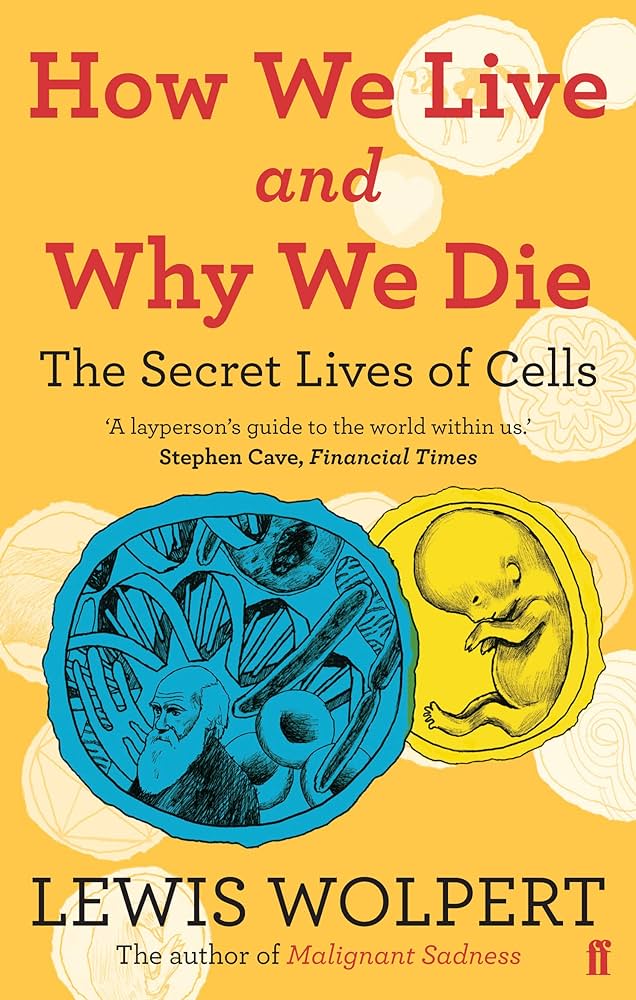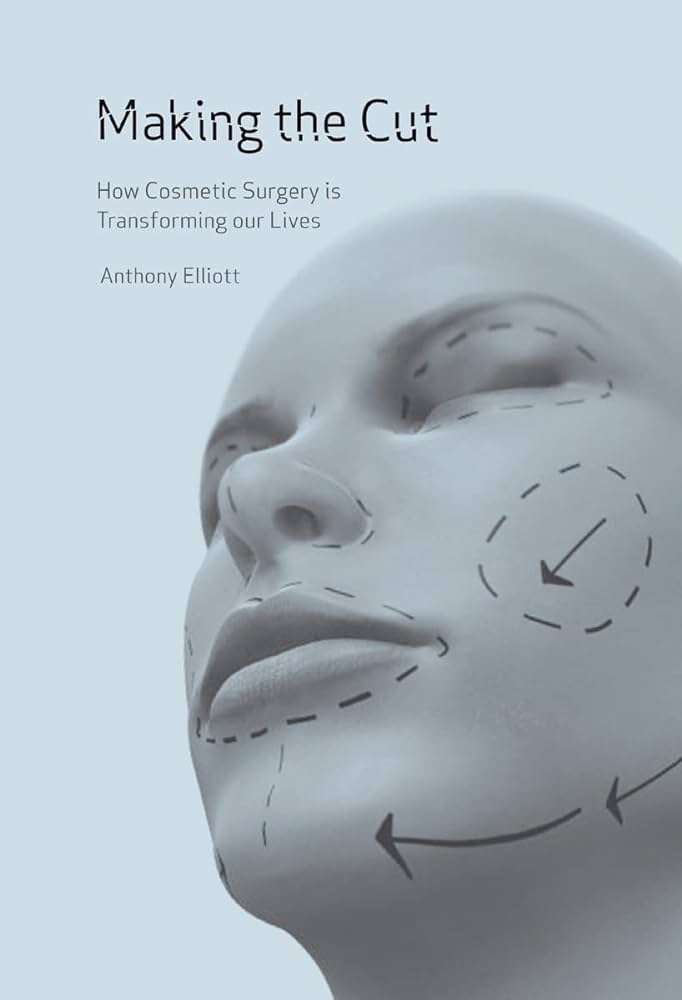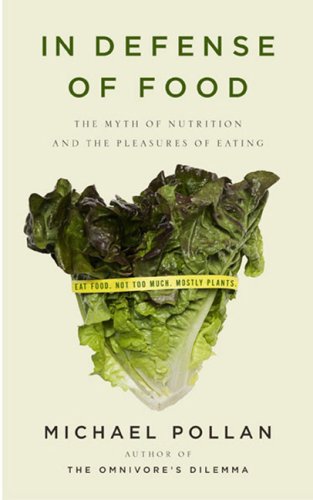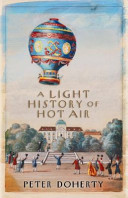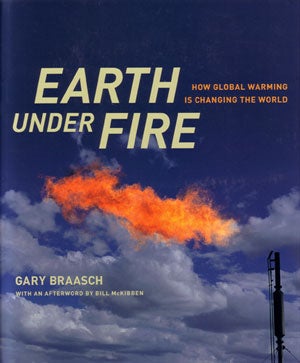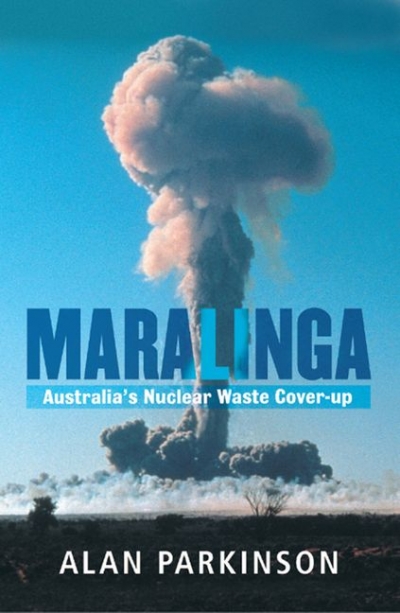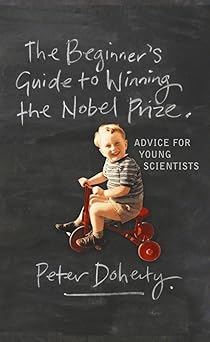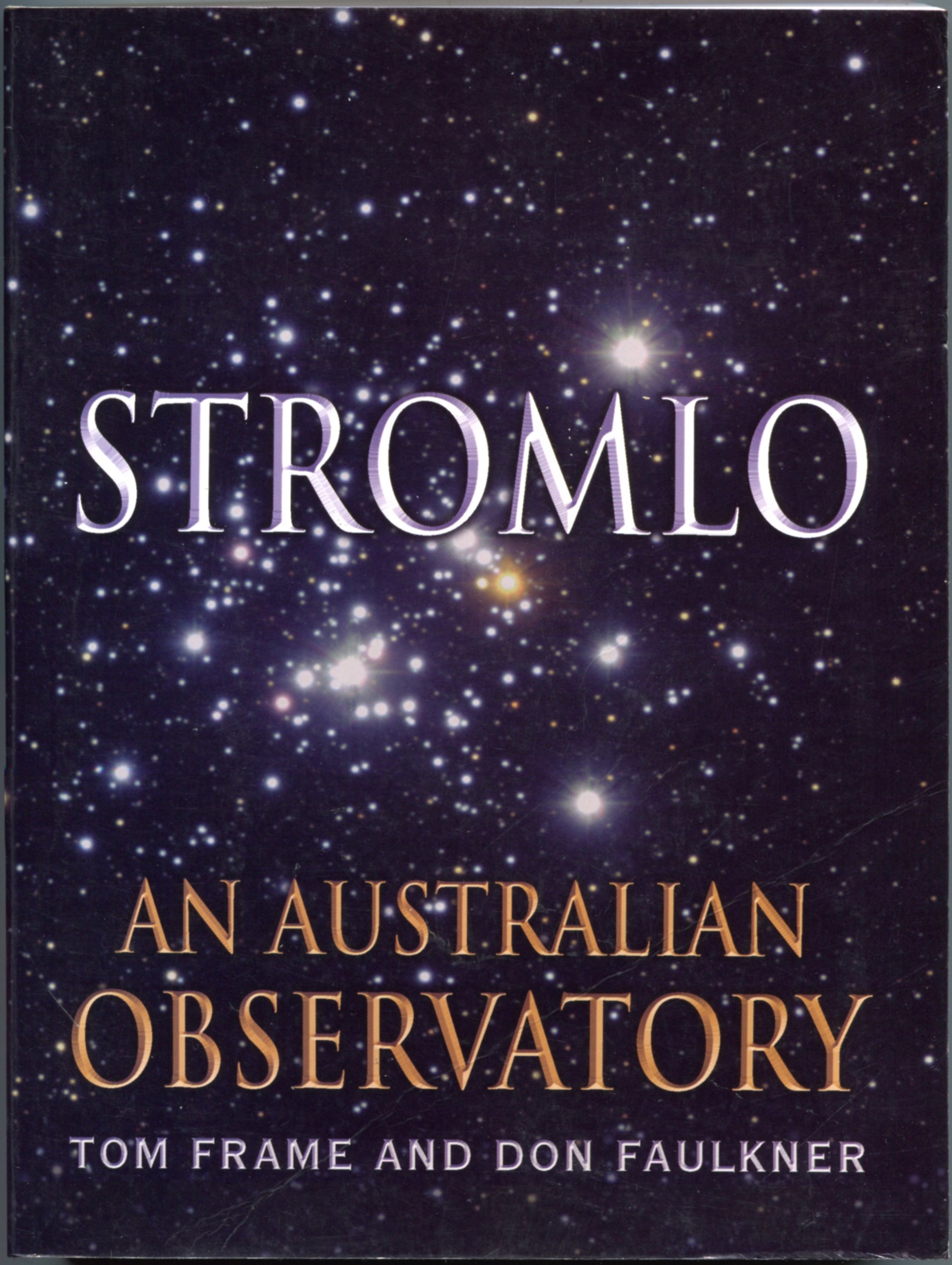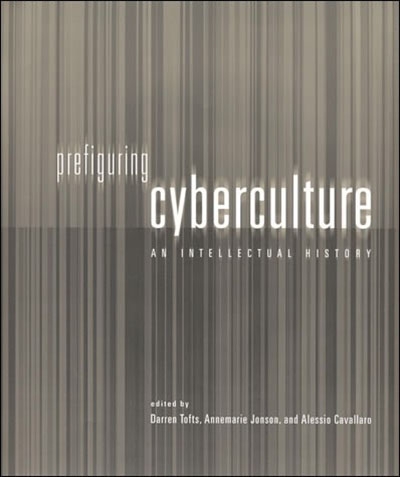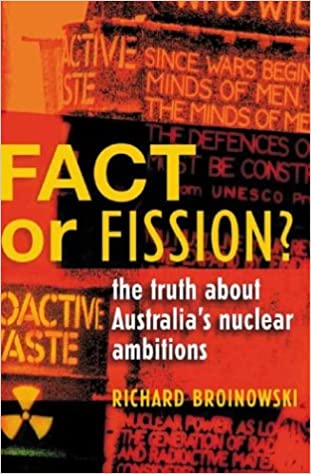Science and Technology
How We Live and Why We Die: The secret lives of cells by Lewis Wolpert
All living organisms are made of cells. Some, like bacteria, consist of just single cells; others, like humans, contain trillions of individual cells. The term ‘cell’ was first used in this context by the remarkable Robert Hooke in his beautifully illustrated masterpiece Micrographica: or some Physiological Descriptions of Minute Bodies made by Magnifying Glasses with Observations and Inquiries Thereupon (1665). Hooke had been observing a thin slice of cork under his newly developed microscope. These cells were ‘[the] first microscopical pores I ever saw, and perhaps, that were ever seen, for I had not met with any Writer or Person, that had made any mention of them before this.’ He then showed why:
... (read more)Making the Cut by Anthony Elliott & Skintight by Meredith Jones
In Making the Cut: How Cosmetic Surgery is Transforming our Lives, Anthony Elliott casts an unforgiving eye over the astonishing growth of ‘cosmetic surgical culture’. No longer the province of the rich and famous, Botox and skin peels, laser surgery and liposuction, face-lifts and breast augmentations have become part of the fabric of everyday life. Elliott’s analysis lays bare the culture of nip and tuck, and the era in which ‘many are calculating that a freshly purchased face-lift or suctioning of fat through liposuction is the best route to improved lives, careers and relationships’. Yet what compels people to act upon the desire for self-improvement in such drastic and sometimes life-threatening ways? Elliott identifies celebrity, consumerism and globalisation as fundamental to the increasing popularity of surgical solutions to social and personal dilemmas.
... (read more)In Defence of Food: The myth of nutrition and the pleasures of eating by Michael Pollan
In Defence of Food is several books rolled into one. It is a primer on nutrition science, a contextual exposé on what we put in our mouths, an advertisement for the joys of eating and even something of a self-help diet and behavioural book. It is also part of Michael Pollan’s ongoing conversation with the reading (and eating) public, and is more satisfying when placed within his oeuvre, particularly The Omnivore’s Dilemma: A Natural History of Four Meals (2006).
Mostly, though, In Defence of Food is a polemic about ‘the problem of the Western diet, and how we might plot our escape from it’. Pollan even cites a shiny new eating disorder for us to worry about: an ‘orthorexic’ is a person ‘with an unhealthy obsession with healthy eating’. While Pollan writes about the United States, we only have to read the ingredient lists on our supermarket products, or reflect upon the controversy over the meat-heavy (or meat-rich, depending on your viewpoint) CSIRO diet books, to recognise the Australian relevance of the ‘Western diet’ debate.
... (read more)Peter Doherty, an Australian biomedical researcher, won the Nobel Prize for Physiology or Medicine in 1996 and accordingly has substantial credibility among members of the international scientific community. This book, however, has been carefully crafted for a more general audience, and might well be enjoyed while sitting (hatted and sunscreened) on a beach. The blurb suggests that the contents provide an entertaining, albeit informative, account of the ways in which natural resources such as air, water and hydrocarbons have been harnessed by human ingenuity. But Doherty has a more serious intent, which he deliberately takes time to unfold. The subtext to his light-hearted explanations of how candles, light bulbs and refrigerators work, and how we use a variety of fuels to heat, cool and light our lives, is that this planet is running out of non-renewable energy sources. He suggests that we need to use brainpower and research to find alternatives sooner, not later, if we are to ensure the survival of our children.
... (read more)Earth Under Fire: How Global Warming is Changing the World by Gary Braasch
In 1994, I stood at the foot of the mighty Athabasca Glacier in the heart of the Canadian Rocky Mountains. At places more than 300 metres thick, the ice was treacherous, riven by great fissures and studded with rocky debris carried down from the Columbia Icefield, seven kilometres away. We had parked our car outside the chalet, a kilometre or so behind us, and traversed the moraine stretching across the treeless valley. As I waited for a break in the clouds before taking a photograph, it was disconcerting to consider that, one hundred years earlier, my vantage point would have been compressed under tons of slowly flowing glacial ice. Indeed, the glacier then extended beyond the site of the current Chalet carpark. This was my first direct experience of global warming. With such compelling evidence of climate change, it is not surprising that award-winning photo-journalist and environmentalist Gary Braasch begins his book on global warming with matched images of the Athabasca Glacier taken in 1917 by A.O. Wheeler, and in 2005 by Braasch himself.
... (read more)Maralinga: Australia’s nuclear waste cover-up by Alan Parkinson
This is a timely book. Alan Parkinson argues that the Howard government, which is on the verge of committing Australia to a future in which nuclear power will play a major role, cannot be trusted with the implementation of such an undertaking. A key part of a nuclear programme will be the disposal of nuclear waste, including high-level toxic wastes which will have to be encased in safe storage for thousands of years. Yet the government, which advocates this future, has proved to be singularly unsuccessful in cleaning up the more modest problems from the past – the ongoing saga of the clean-up of the Maralinga test site.
... (read more)The Beginner Guide to Winning the Nobel Prize: A life in science by Peter Doherty
We revere Nobel laureates – and rightly. Sometimes that admiration is not repaid well, and those eminences become prey to a variant of Lord Acton’s wisdom – ‘All fame tends to corrupt’ – and consider themselves intellectual Pooh-Bahs: ‘Lord High Everything Else.’ A consequential risk of such renown is that bystanders who can see and vouch for reality are commonly unable to tell the truth to the famous.
... (read more)Stromlo: An Australian observatory by Tom Frame and Don Faulkner
In 1972, at the start of my career as a science journalist, I was asked to produce the Commonwealth Day documentary, a portrait of the spectacular Anglo Australian Telescope being built on Siding Spring Mountain. Together with the Australian National University, an independent board was driving the telescope project. I set off to Canberra to interview the infamous Olin Eggen, then director of Mount Stromlo.
... (read more)Prefiguring Cyberculture: An intellectual history edited by Darren Tofts, Annemarie Jonson, and Alessio Cavallaro
Many people regard cyberculture as the territory of boffins, sci-fi enthusiasts, and ‘itinerant wanderers’, and inescapably limited to computer technology. However, the term is also applied to a field of research, one that has always been interdisciplinary: traversing philosophy, mathematics, physiology, biology, linguistics, cognitive sciences, physics, and sociology. Prefiguring Cyberculture: An intellectual history exemplifies this cross-disciplinary approach.
... (read more)Fact or Fission?: The truth about Australia's nuclear ambitions by Richard Broinowski
Richard Broinowski, a retired senior diplomat who has served in seven legations, three as ambassador, has long been interested in matters nuclear, as this excellent work demonstrates. Broinowski traces Australian nuclear developments from the early days of World War II to the most recent developments under Prime Minister John Howard. In the process, he chronicles Australian nuclear ambitions, from the early flirtations with acquiring a nuclear weapon and its related strike capability, to the later development of uranium exports.
... (read more)

